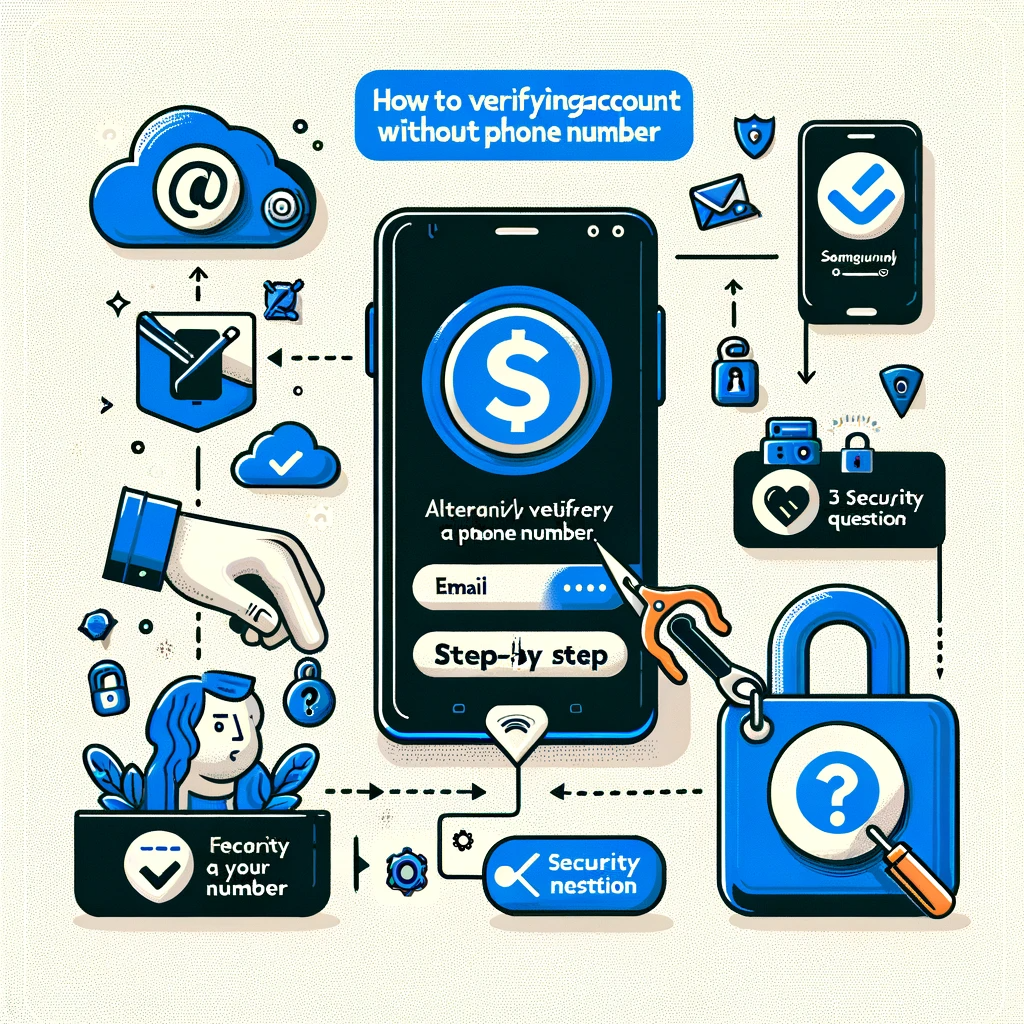Did you know that over 16% of Instagram accounts engage in buying followers? Spotting fake influencers is crucial in today’s digital landscape. From suspicious spikes in follower count to low engagement rates, there are telltale signs to uncover the truth. Understanding these red flags can help you navigate the world of social media authenticity effortlessly. Stay tuned as we unveil the secrets behind identifying those who have taken a shortcut to online popularity.
Understanding Followers
Examining the authenticity of followers is crucial. By comparing follower demographics and engagement patterns, one can distinguish between real and fake accounts. Look for sudden spikes in follower count or engagement levels as potential red flags.
Cross-referencing an account’s presence across various social media platforms can help verify its legitimacy further. Analyzing the ratio of likes, comments, and shares to the total number of followers provides insights into an account’s true engagement rates. Comparing these metrics with industry standards helps gauge authenticity.
Monitoring the rate at which followers are gained over time is essential in detecting fraudulent practices. Be cautious of abrupt and unnatural increases in follower count that may indicate purchased followers. Evaluating follower growth concerning content quality and consistency aids in assessing genuine audience expansion.
Signs of Purchased Followers
Sudden Spikes
When checking for signs of purchased followers, investigate sudden spikes in follower count. Determine if these increases correlate with any specific event or promotion. Assess the authenticity and engagement levels of the new followers to spot irregularities.
Automated tools can help identify accounts that have recently become inactive. Look for no recent posts or a lack of interaction from followers as indicators of inactivity. Evaluate whether a significant portion of your followers seems dormant or fake.
Low Engagement
Identify accounts boasting a large following but receiving minimal likes, comments, or shares on their posts. Reflect on the quality and relevance of their content to discern potential signs of purchased followers who might be uninterested or inactive.
Identifying Fake Instagram Followers
Profile Checks
When determining if someone bought followers, start by examining the account’s bio, profile picture, and overall look. Check if the content matches the stated niche or interests. Look for generic details or inconsistencies that might suggest a fake account.
- Scrutinize bio, profile pic, and aesthetics
- Assess content relevance to niche
- Watch out for generic or inconsistent information
Username Patterns
Look for patterns in usernames like random numbers or underscores. Note any lack of personalization or generated appearance in usernames. Consider if multiple accounts share similar username structures.
- Observe username consistency
- Identify lack of personal touch
- Evaluate similarity in username structures
Lack of Posts
Accounts with many followers but few posts could indicate purchased followers. Evaluate how often new content is posted and its consistency. Determine if the account is newly created or abandoned.
- Note follower-post disparity
- Check posting frequency
- Assess account activity level
Analyzing Engagement Quality
When considering how do you know if someone bought followers, examining the authenticity of comments is crucial. Evaluate the comments on posts for quality and relevance. Watch out for generic or spam-like remarks that could suggest artificial engagement. Pay attention to repetitive or impersonal comments as potential red flags.
Another essential aspect is assessing the engagement ratio. Calculate the likes, comments, and shares in comparison to the number of followers a profile has. Compare this ratio across various posts and timeframes to detect any irregularities or inconsistencies in engagement patterns. Fluctuations in these metrics may indicate purchased followers rather than organic growth.
To delve deeper into spotting fake followers, look at how genuine interactions are on a profile by scrutinizing comment authenticity and monitoring engagement ratios diligently.
Tools for Detecting Fake Followers
Analytic platforms are essential tools to determine if someone bought followers. These third-party services provide insights into an account’s followers and engagement levels. By comparing data from various platforms, you can ensure the information’s accuracy and consistency. Look out for any irregularities or suspicious patterns in the analytics provided.
Follower checkers play a crucial role in identifying fake followers. These tools help verify the authenticity of accounts following a profile by analyzing their profiles and activity. Utilizing multiple follower checking services allows you to cross-check results and obtain more reliable conclusions about the legitimacy of followers.
Recognizing Influencers with Fake Followers
Inconsistent Metrics
When determining if someone bought followers, compare follower count, likes, and comments on their posts. Significant variations or inconsistencies in these metrics could signal fake followers. For instance, if an influencer has a high follower count but receives very few likes or comments per post, it might indicate purchased followers distorting the overall engagement.
Analyzing different posts by the influencer can provide insights. If some posts have unusually high engagement rates compared to others, this could be a red flag for fake followers boosting specific content. Tools like Social Blade can help track these metrics over time to identify suspicious patterns that suggest artificially inflated numbers.
Sponsored Content Ratio
Assessing the sponsored content ratio is crucial in spotting influencers with fake followings. Evaluate how much of their content is sponsored versus regular posts. An excessive amount of sponsored content without genuine engagement from real followers may indicate the use of paid followers to create an illusion of influence.
For example, if an influencer’s sponsored posts consistently receive high likes and comments while their regular content lacks similar interaction levels, it could imply that the engagement is not organic but manipulated through purchased following schemes.
Checking for Fake Followers Manually
When determining if someone has purchased followers, random sampling is a useful technique. By selecting a small group of followers randomly, you can analyze their profiles and activity to spot any unusual trends or similarities. Look for signs like generic profile pictures, lack of posts, or repetitive comments that could indicate fake accounts. Assess the engagement levels within this sample to gauge authenticity.
Another method involves monitoring engagement consistency over time. Genuine growth typically leads to a steady increase in likes, comments, and shares on posts. Watch out for sudden spikes or drops in engagement that might suggest the use of paid followers. Inconsistent patterns in interactions could be a red flag signaling artificially inflated follower counts.
- Random Sampling
- Select random followers
- Analyze profiles and activities
- Look for commonalities
- Engagement Consistency
- Monitor likes and comments over time
- Identify fluctuations
- Consider impact on engagement
The Impact of Fake Followers
Brand Reputation
When assessing fake followers, it’s crucial to evaluate the reputation and credibility of the account owner or associated brand. Look for past controversies or unethical practices that could indicate a lack of authenticity. Consider whether purchasing followers aligns with their overall brand values, as this discrepancy can harm credibility.
It’s essential to maintain transparency and integrity in building a genuine following to ensure long-term success. For instance, if a fitness influencer is found to have bought followers, it could damage their reputation and trustworthiness among their audience who value authenticity.
ROI Concerns
Evaluating the return on investment (ROI) of buying followers is vital. While initially boosting follower numbers might seem beneficial, consider the potential negative impacts on brand reputation and credibility in the long run. Assess whether purchased followers lead to genuine engagement and conversions, as these metrics are more indicative of real growth.
Purchasing fake followers may provide an immediate but short-lived boost without yielding tangible benefits like increased sales or meaningful interactions with real customers.
Final Remarks
You’ve now gained valuable insights into spotting fake followers on Instagram. By understanding the signs, analyzing engagement quality, and utilizing detection tools, you can safeguard your authenticity and reputation on social media. Remember, influencers with fake followers can harm their credibility and partnerships. Always verify accounts manually to ensure a genuine following. The impact of fake followers is far-reaching, affecting not just numbers but also trust and influence.
As you navigate the digital landscape, stay vigilant against deceptive practices. Your genuine connection with your audience is your strongest asset. Building a loyal following takes time and effort, but it’s worth it for sustainable growth and meaningful interactions. Keep engaging authentically, and your community will thrive. Now go forth, armed with knowledge, and conquer the world of social media!




